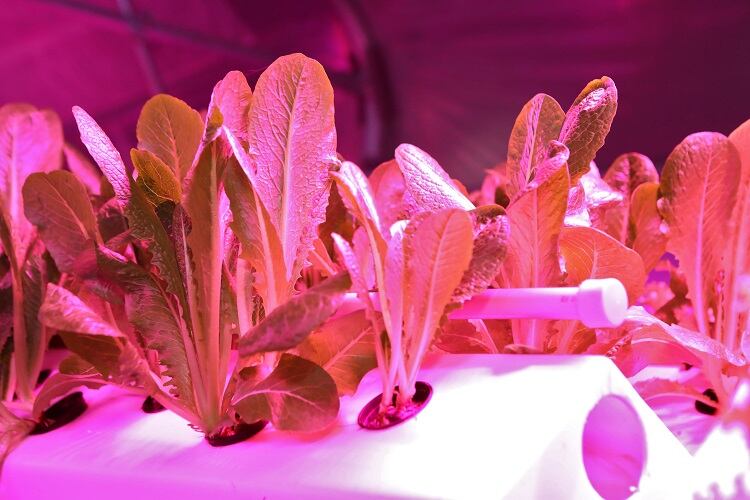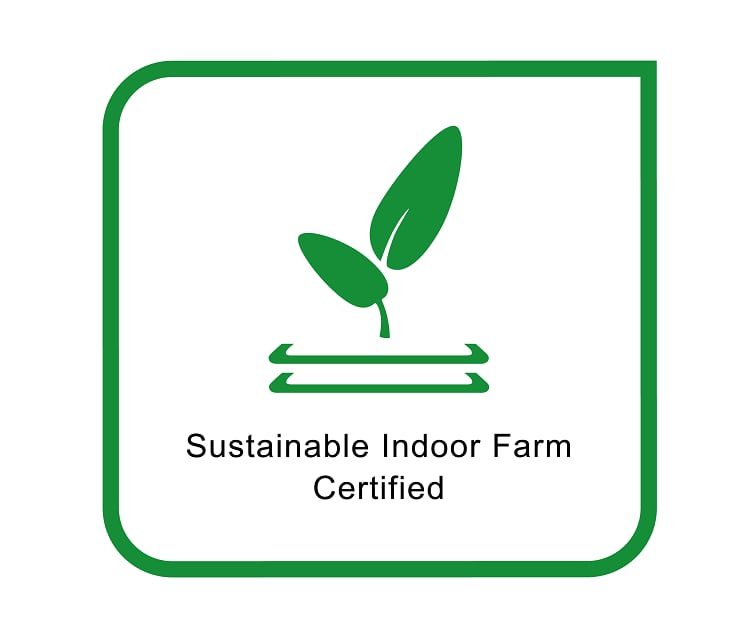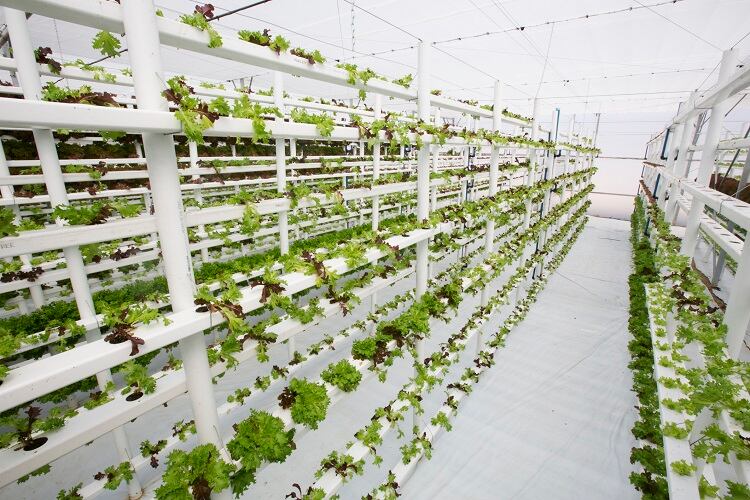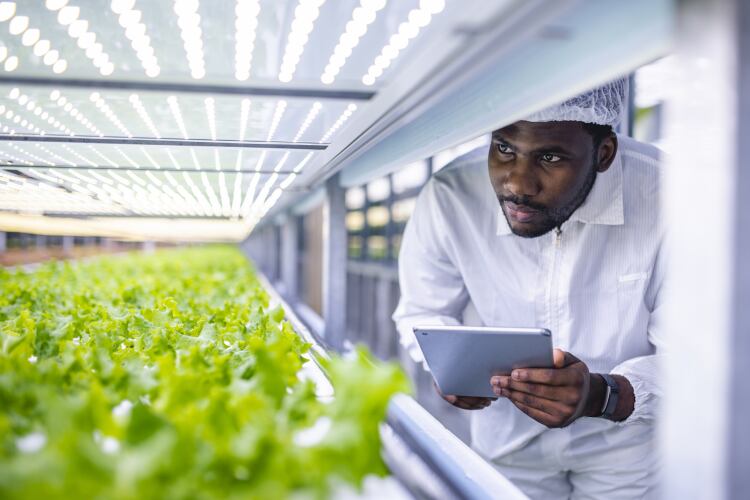Vertical farming, whereby plants are grown indoors in controlled environments, is gaining traction. According to Grand View Research, the global vertical farming market is expected to reach $22bn by 2030.
Its increasing popularity is unsurprising, given that by 2050 global populations are predicted to have risen to 9bn – putting significant strain on finite natural resources to ensure food security. Climate change is expected to exacerbate the situation.
Yet, as vertical farming operations expand, certification body Control Union UK and the Association for Vertical Farming (AVF) observed the sector lacks a certification scheme.
The partners have developed a scheme in collaboration: the Sustainable Indoor Farming (SIF) standard.
The SIF standard will be owned by the AVF going forward, with Control Union acting as the sole certification body.
Filling a gap
Areas of environmentally conscious agriculture to benefit from certification standards include organic, free range, and regenerative agriculture. These, according to Control Union, provide ‘legitimacy’ and ‘robust scrutiny’.
Yet until now, a sustainability certification programme tailor made for vertical farming has not existed, explained a Control Union spokesperson.
“We noted that organic certifications are not accessible in certain regions (like Europe) and that while some schemes existed on quality aspects, there was nothing in place for environmental sustainability.
“Our partner AVF confirmed to us that there is a desire and necessity for such a programme, and so we developed SIF together.”

In ‘filling a gap’ for certification services, the scheme comprising a set of sustainability criteria tailored to vertical farming, with ‘consistent data collection’ and ‘continuous improvement’ as core values.
Environmental metrics
The standard was developed over the course of ‘several rounds’ of consultation with industry, technology providers, and academic research.
The metrics covered by the SIF standard including energy use, renewable energy use, water, nutrients, substrates, plant protection measures, spatial efficiency, seeds, waste, and food-miles.
Certifications are granted based on the outcome of a two-part audit process, beginning with a desk-based review of the production facility followed by an in-person visit on-site.
The process takes around six months from initial enquiry through to certification. Once granted, certificates are valid for four years, dependant on successfully passing an annual surveillance audit, which is a reduced version of the initial process.
So what are the big challenges for vertical farming businesses in operating ‘sustainably’? According to Control Union, the ‘big one’ is energy consumption.
“Vertical farming is very energy-hungry. This is why we have paid such close attention to this metric in the programme – even adding a ‘sustainable energy use’ metric to ensure adequate coverage.”

Non-conformity
Under what circumstances might an operator not achieve certification? If, during the audit, the auditor finds that the farm is not in compliance with several criteria within one metric, this would result in a failed assessment, the Control Union spokesperson told FoodNavigator.
“Similarly, if multiple criteria fail to be met across the metrics of the programme, then this would result in a failure to meet the SIF standard.”
In this first iteration of the programme, focus is placed on data collection and analysis, as well as demonstrable, measurable, and achievable continuous improvement, the spokesperson elaborated. “These are the guiding principles which are embedded in each of the metrics of the SIF Standard.
“An example of non-conformity would be if a farm is found to use mineral wool as a substrate, and there is no demonstrable intention or workplan to move it to a more low-impact substrate. This would [then] be a non-conformity.
“Such a non-conformity on its own would not represent a failure to get certified, but several such non-conformities would impede a farm from achieving certification.”
Logo for B2B and B2C markets
According to Control Union, certified companies will benefit from an ‘independent, robust label’ denoting they are ensuring sustainable practices are in place, along with a continuous improvement plan.
This, the organisation body claims, should lead to better market access and to consumers understanding the environmental benefits of vertically farmed produce.
“The logo can be displayed on product packaging for certified farms. Each certified entity will also receive a certificate with a unique number, so certification can also be demonstrated in B2B settings,” the spokesperson told this publication.
There is ‘marked’ interest from industry in certification, the spokesperson continued, with ‘most’ discussions currently being held in the Middle East and Asia.
“It is difficult to say what the success rates will be at this stage, We set out to create a standard which represents best practice for sustainability in the field, this will be reflected in success rates.”




